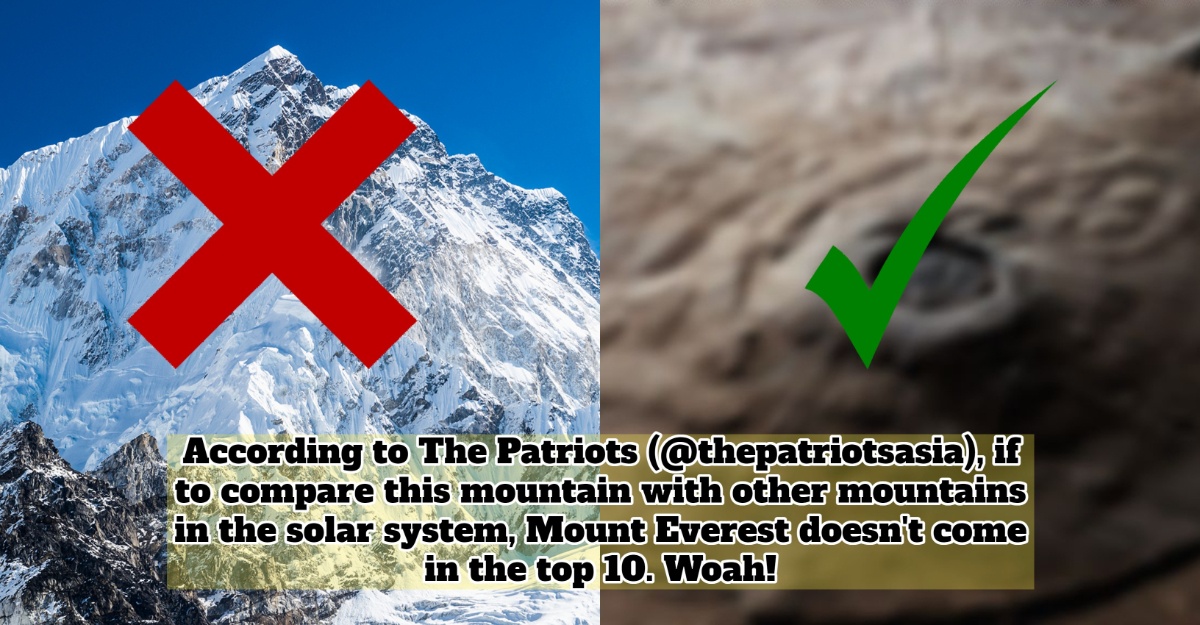K2-141b is among the most extreme planets beyond the Solar system so far. It is in fact, so close to its star that it takes less than seven hours to orbit it – seven hours equal to a year on this planet.
Scientists have found the exoplanet to have molten lava oceans, supersonic winds, and “rocky rain.”
In a study published by Monthly Notices of the Royal Astronomical Society, scientists from McGill University, York University, and the Indian Institute of Science Education have stated that K2-141b has a surface, an ocean, and an atmosphere all made up of the same material – rock.
K2-141b is found to be a place where it is so hot, that rock vaporizes and falls as a mineral “rocky rain” that replenishes and falls into the ocean of molten lava.
The exoplanet is a “super-earth” whose mass is around five times our planet, indicating that it’s a terrestrial rocky planet like ours. Though, because of it’s extreme geometry, the planet orbits it’s star about 3 times in an earth-day. The exoplanet’s distance with its host star is about 0.7% between earth and our sun, beating the planet Mercury, which is 40% of that.
K2-141b was found by the data obtained by the Kepler’s Space Telescope’s “K2 mission,” that spotted another planet across the star system, the K2-141c. A “hot Neptune” gas giant planet, obtaining the mass of 7.4 Earths and it takes 7.7 days to complete one orbit of its star. It is about 202 light-years away from our Solar System. It is placed in the constellation of Aquarius.

The exoplanet has a magma ocean about 100 km deep and so hot, that rock vaporizes. Researchers found that two-thirds of the planet’s surface faces perpetual daylight, rising the temperature of the planet to be 3000 degrees Celsius, while on the night side, it’s about -200 degrees Celcius.
The day-side of the planet is hot enough to vaporize rock and thin out the layers of the planet. “Our finding likely means that the atmosphere extends a little beyond the shore of the magma ocean, making it easier to spot with space telescopes,” said Professor Nicolas Cowan, a professor in the Department of Earth & Planetary Sciences at McGill University.
Using computer simulations to predict the forecast there, it shows data of supersonic winds that rage over 5,000 km. Having winds that strong and a temperature that high, a cycle, similar to Earth’s water cycle, happens with rocks.
Like our Earth, water vaporizes into the atmosphere, condenses, and goes back down as rain. On K2-141b, the same cycle occurs with sodium, silicon monoxide, silicon dioxide. This cycle might permanently change the surface and atmosphere of the planet over time.
“The study is the first to make predictions about weather conditions on K2-141b that can be detected from hundreds of light-years away with next-generation telescopes such as the James Webb Space Telescope,” said lead author Giang Nguyen, a Ph.D. student at York University who worked under the supervision of McGill University Professor Cowan on the study.
NASA’s James Webb Space Telescopewill launch on October 31, 2021, and is expected to change cosmology as we know it by allowing much better quality observations of distant exoplanets.
Source: Forbes





Leave a Comment